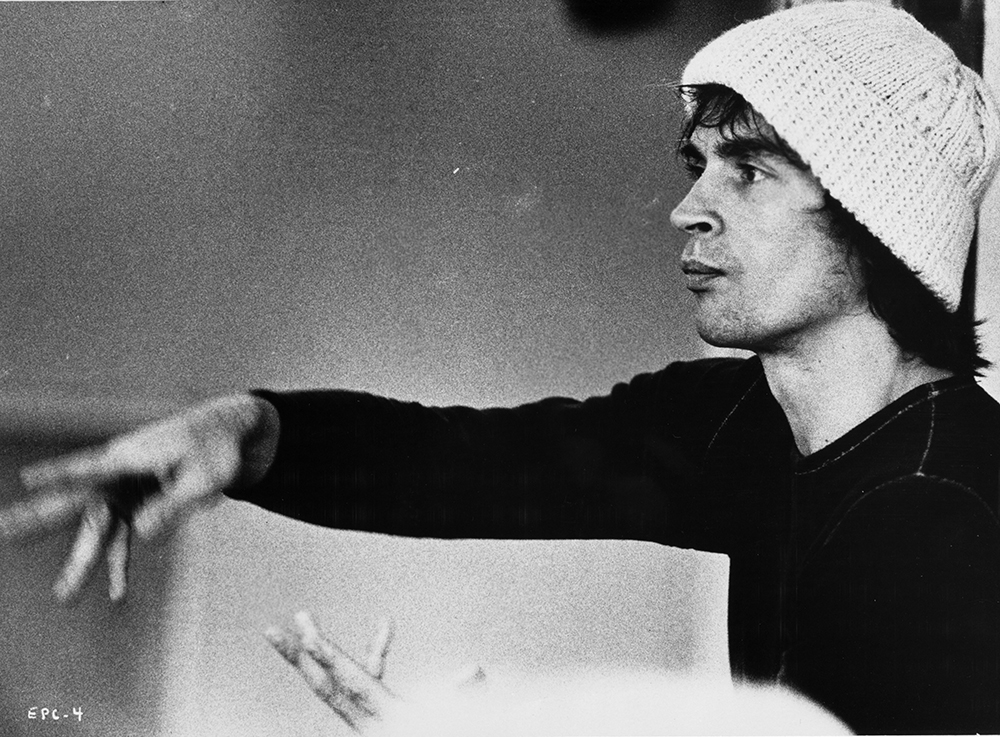Few ballets in the classical repertoire can rival the pageantry and technical purity of
The Sleeping Beauty, one of
Marius Petipa’s three major collaborations with
Pyotr Ilyich Tchaikovsky. At 130 years old, it is regarded as a landmark work both musically and choreographically, existing in multiple versions worldwide.
The Sleeping Beauty holds particular significance for The National Ballet of Canada, having accelerated the company’s artistic growth at a key point in its history and bolstered its international reputation for excellence.
The Sleeping Beauty premiered at the
Mariinsky Theatre in St. Petersburg with choreography by Petipa, music by Tchaikovsky and costumes by
Ivan Vsevolozhsky, Director of the Imperial Theatres in Russia. The libretto, also credited to Vsevolozhsky, comes from
Charles Perrault’s fairy story of 1697,
La Belle au bois dormant, as retold by the
Brothers Grimm. Along with Perrault’s sleeping princess, the ballet abounds with references to French culture and aristocracy, underpinned by an extended allegory of goodness and light triumphing over darkness and evil.
Petipa’s
The Sleeping Beauty gradually gained in popularity and by the turn of the century it was among the most frequently performed ballets in Russia. The first full-length version appeared in London in 1921 with
Sergei Diaghilev’s
Ballet Russes and while that premiere was not a success, the door had been opened for subsequent adaptations to take hold, including
Dame Ninette de Valois’ seminal production for the
Royal Opera House in 1946.

Rudolf Nureyev in rehearsal (1972). Photo courtesy of Toronto Star.
The National Ballet was still relatively young when
Rudolf Nureyev arrived to set his gorgeous adaptation of
The Sleeping Beauty in 1972. Originally created for Milan’s Teatro alla Scala in 1966, Nureyev’s staging was redesigned for the National Ballet with opulent sets and costumes by
Nicholas Georgiadis and lighting by
David Hersey. It was the largest and most ambitious production the company had ever presented.
Nureyev worked closely with the company, offering personal mentorship to its top dancers and imparting an artistic sensibility honed on the world stage. He also brought more dancing for Prince Florimund – a role Nureyev danced himself – giving him three solos and a grand pas deux in place of Petipa’s single variation. Demand to see the production and the legendary Nureyev was high.
The National Ballet gave its first performance of
The Sleeping Beauty at the
National Arts Centre in Ottawa, with
Veronica Tennant as Princess Aurora and Nureyev as Prince Florimund, on 1 septembre, 1972 before embarking on an unprecedented North American tour. The company performed the work more than 50 times over the course of that year, culminating with an extended engagement at New York’s
Metropolitan Opera House beginning 22 avril, 1973.
Norman Campbell won an Emmy Award for his film adaptation of the production in 1972.
-(1).jpg?width=600&height=336&ext=.jpg)
Des artistes du Ballet dans La Belle au bois dormant. Photo par Karolina Kuras.
Artistic Director Emerita
Karen Kain staged
The Sleeping Beauty to open the National Ballet’s inaugural season at the newly created Four Seasons Centre for the Performing Arts in Toronto in 2006. It remains a signature work for the company and among the best loved works in the classical canon.
The Sleeping Beauty is onstage 18 mars – 27, 2022.
